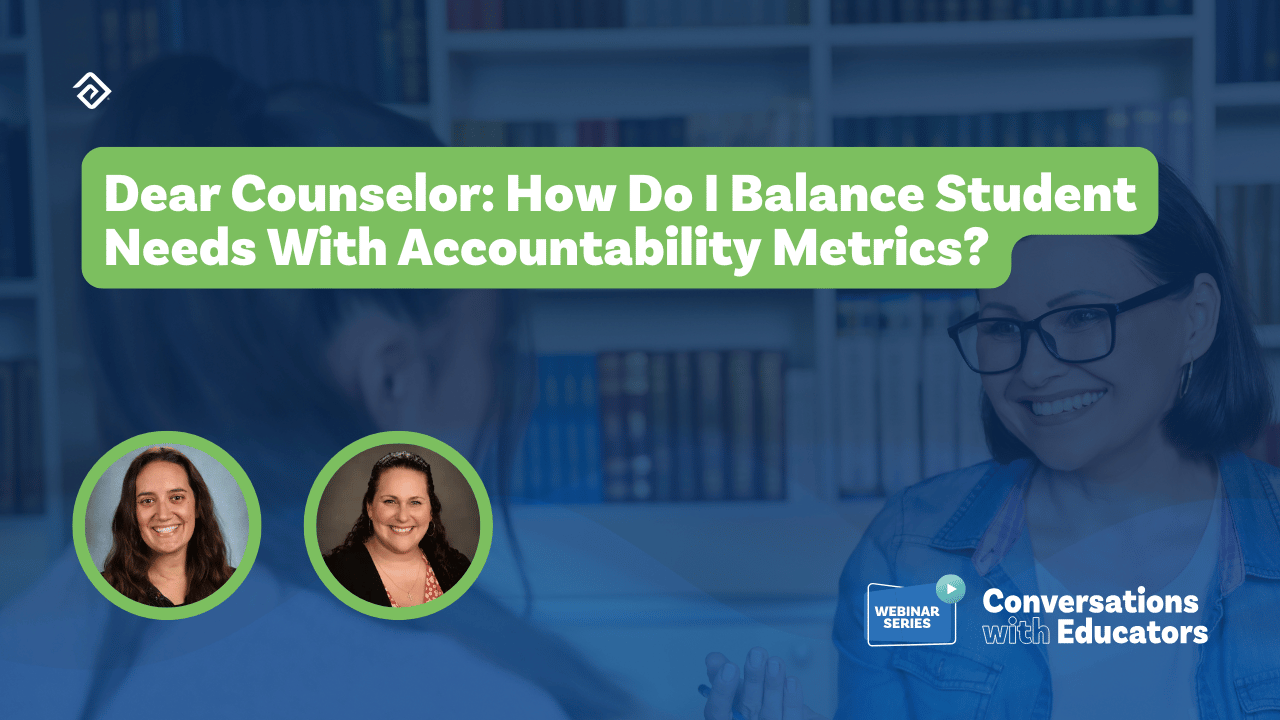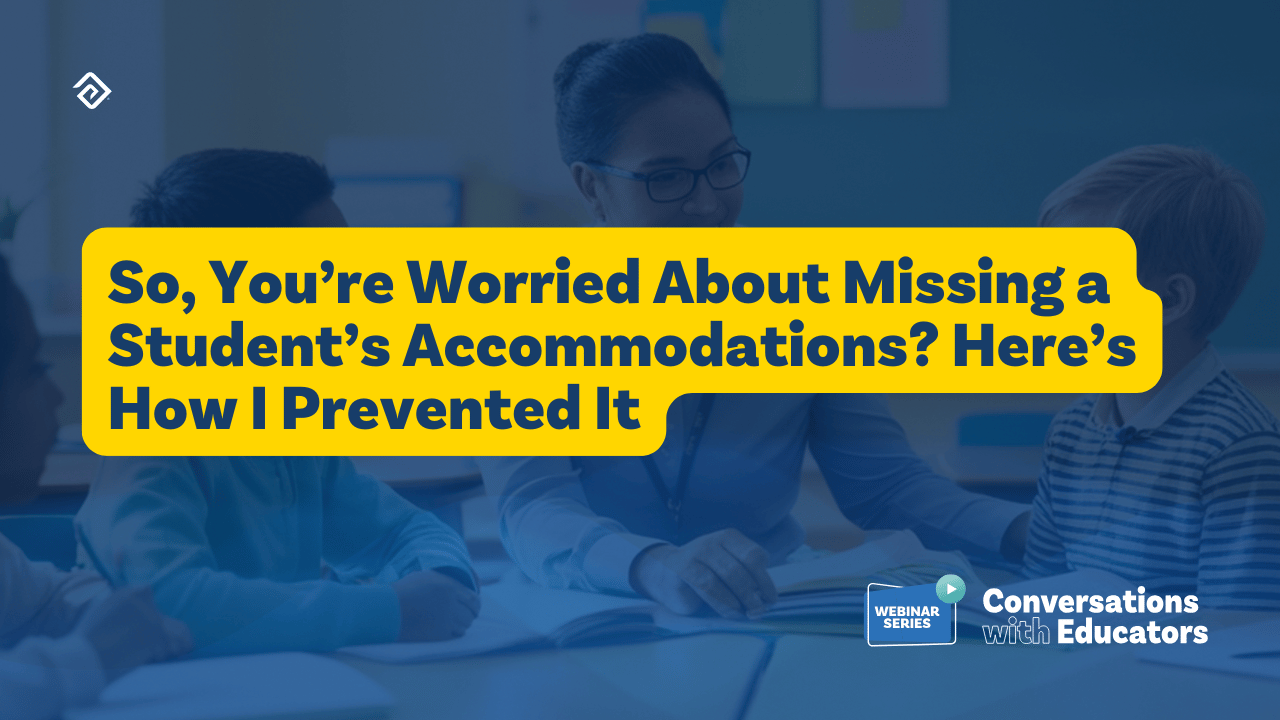Curriculum Planning Template: A Strong Foundational Curriculum for Effective Lesson Planning
Using a curriculum planning template can help instructors plan out an effective lesson plan. The curriculum serves as a roadmap for students, instructors, and administrative personnel, and should be aligned with external standards and mandated assessments as it sets the stage for what is taught and learned in the institution. The curriculum provides the learning objectives to be addressed, a broad structure for the teaching plan, and a time frame for staying on track. It outlines the formal and informal assessments the teachers will be using.
A curriculum can vary in complexity and depth. In addition to the aforementioned components, it may also include specific teaching resources, materials, and specific assessment items. While a simple internet search will reveal numerous templates available for planning a curriculum, it is important to have a clear understanding of what your institution needs from its plan when selecting or developing a template.
Use a Collaborative Educator Team to Identify the Needs of the Institution’s Curriculum Plan
Before selecting a curriculum template, the institution should carefully identify their goals . A teacher and administrator review of the current curriculum is often a good starting place. Using the current curriculum guide as a foundation, a team of educators can collaborate to identify existing strengths and weaknesses. Utilizing student achievement data and the current scope and sequence is important during this evaluation process. Based upon this evaluation, the team can identify components of the curriculum that should be kept, modified, eliminated, or added.
The educator team should also evaluate the depth that is needed. A curriculum plan can vary in complexity from very simple, identifying only broad learning standards, to very complex, including specific lesson plans, resources, and assessment items. A more complex curriculum plan provides better support for the instructor; however, extremely detailed curriculum plans can become rigid and reduce the teacher’s autonomy to adjust learning activities and methods to match student needs. A collaborative educator team can assess the level of complexity that would be most helpful to meet the institution’s needs.
Elements of an Effective Curriculum Template
There are many curriculum templates available online. A quality template is a beneficial tool for planning the course for the year and could incorporate specific instructions and standards. It could also include data about the instructions, learning activities, and assessment strategies. You may create a curriculum that divides the whole course into sections, allowing you to finish on schedule. A well-developed curriculum provides clarity to the teachers, supporting alignment of the written, taught, and assessed lesson plans.
When creating a curriculum and choosing a curriculum planning template, strongly consider the following components:
- The standards or learning objectives for all courses.
- Teaching materials and resources available and aligned with the learning objectives.
- The learning activities and teaching strategies that engage students.
- A pacing guide to address a generalized amount of time to be spent in each unit.
- Rubrics/scoring guides and student work examples displaying varied levels of student mastery.
- Formal and informal assessments that provide feedback about the degree of student learning to the teacher.
- Reference notations indicating connected internal standards, learning objectives, and the standards of an external curriculum (e.g., Common Core).

A Strong Curriculum is the Foundation for Effective Lesson Planning
With your curriculum as the foundation, creating a lesson plan becomes the next essential part of effective, curriculum-driven instruction. Teaching is an immensely complex endeavor that must account for a never-ending combination of changing variables. Effective instruction relies on effective planning to ensure that student needs, learning objectives, instructional technology, and instructional strategies are considered together to promote high levels of student learning. Planning becomes even more critical as students and teachers adjust to new education strategies and approaches.
Creating Effective Lesson Plans as Part of the Curriculum
A lesson plan is the student experience designed to enable the learner to master the standard or learning objective. It includes a complete set of instructions for the anticipated path of the course. It is essential to identify the objectives for learning as well as instructional and assessment strategies. A strong lesson plan enhances efficient and effective goal achievement towards mastery.
Lesson planning is a well established and studied process in undergraduate education programs and in early service professional development. There are many models described in the literature including Essential Elements of Instruction (EEI), Hunter, Danielson, and more. All these models use different terminology; however, there are many common components.
1. Clear Objectives
When a lesson plan’s objectives are created, the instructor should clearly identify what the students should know (knowledge) and be able to do (performance) to demonstrate mastery. Rubrics can be a useful tool to help the instructor identify different levels of mastery. These rubrics can also help students understand their progress. By understanding the knowledge and performance objectives, the instructor can strategically identify critical aspects of the lesson. It is essential to identify what you want your students to take away at the end of the class.
A lesson can consist of a lot of skills and important topics. Prioritize the learning objectives and skills by their level of importance, and make sure students understand the key knowledge and skills. Helping students understand the most vital skills and ideas to grasp is essential.
2. Dynamic Opening
Brain research has indicated that people learn best what they learn first. Therefore, after setting and prioritizing the objectives, the next step is to create an engaging introduction to your lesson. A strong lesson introduction generates enthusiasm and helps students better understand what they are going to learn and why the subject is relevant. Identifying the amount of prior knowledge students have about the topic will help the instructor clear any misconceptions and estimate the amount of time needed for students to appropriately master the learning. As the classroom can be full of different students, their skill and knowledge capacity can be different too. A strong introduction accounts for student experience and differentiates accordingly.
3. Strategies for Engaging Instruction
The main body of the lesson plan is created to help students learn and understand the main concepts and principles of the topic. It includes what the instructor needs to explain about the topic and how the main concepts need to be highlighted. A strong lesson will engage students and create excitement. If the lesson is not relevant and interesting, students can quickly lose interest, and their progress will be limited. Practical activities and illustrations can help students learn better and increase retention. In addition to planning engagement strategies, the need to offer differentiated pathways is critical to address the diversity of students and learning styles in the class.
4. Strong Conclusion
While people remember best what comes first, brain research has indicated that what comes last is what people remember the second best. A strong conclusion should be closely aligned to the learning objectives, provide accurate information for students to remember, and engage the students in demonstrating their current understanding. The conclusion should offer a check for understanding and feedback for students to reflect upon their learning and progression towards mastery. An effective conclusion often centers on questions that can be delivered in a whole group setting either verbally or in writing. Although it would be ideal for all the students to master the subject by the end of the lesson, the teacher should anticipate some misunderstandings and finish the lesson with a concise, clear, and correct summary of the objective. Especially if students are expected to independently practice new skills after the lesson’s conclusion, it is important that they practice correctly so as not to solidify inaccurate understandings.
5. Practice and Monitoring
As students learn new ideas and skills, they often need to rehearse and practice. Monitoring this is important, both during the lessons and also in practice following the lesson. If students are not evaluated through questions and regular tests, misunderstandings can become concrete. Practice and continual monitoring provides the instructor critical information to adjust instruction to meet the various learning needs of the students in the class.

Conclusion
Planning a curriculum is necessary for any teacher to create an informative, meaningful class that is aligned with the learning outcomes required by the institution and government. Planning a curriculum requires a collaborative effort involving administrators and instructors based upon student needs and data. After the curriculum is developed, it becomes the foundation for effective lesson planning. There are numerous lesson planning templates and approaches to creating high quality lessons. Because of continually changing variables in student learning and backgrounds, high quality planning is an important part of teaching.

More Great Content
We know you'll love




